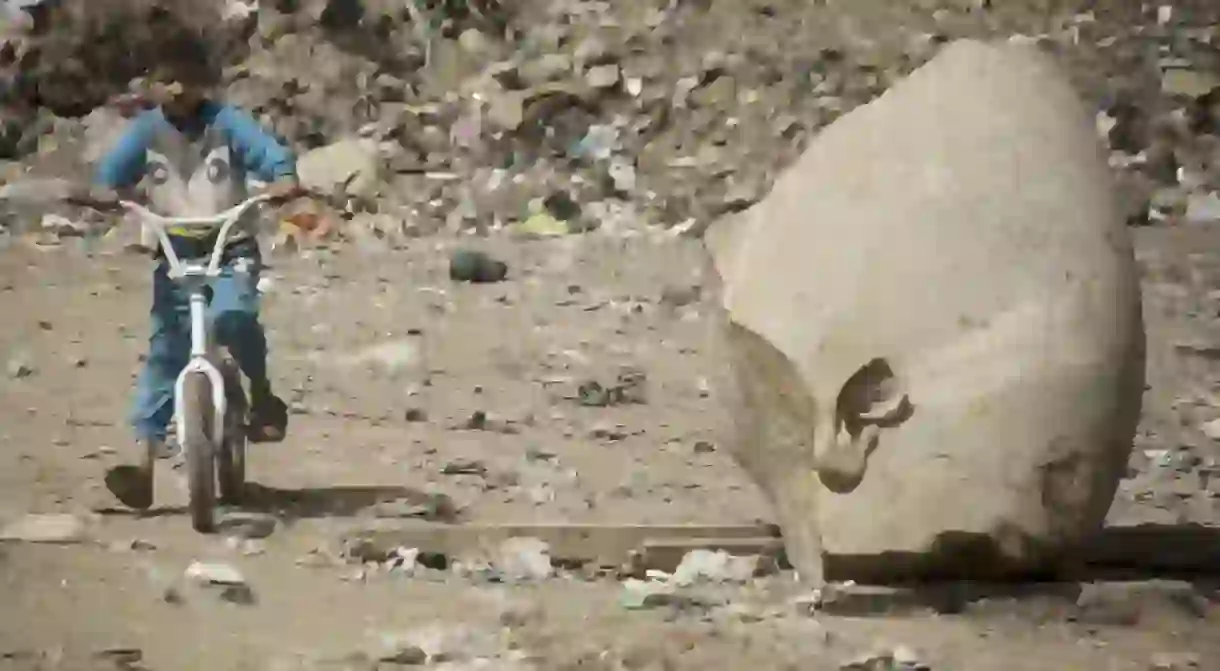Archaeologists Make 'Discovery of the Century' in Cairo Slum

Archaeologists have unearthed a 3,000-year-old, 8m (26.2 ft.)-tall statue of Pharaoh Ramses II. The statue was found buried in groundwater in a slum area in the Eastern part of modern-day Cairo, near the ancient ruins of Heliopolis. The discovery – by a team of Egyptian-German archaeology team – has been hailed as one of the most significant ancient Egyptian discoveries ever found by the Antiquities Ministry.

The quartzite statue is believed to depict Pharoah Ramses II – also known as Ramses the Great – who was one of the most powerful and celebrated pharoahs of ancient Egypt. During his 66-year rule from 1279–1213 BC, Ramses led several military expeditions and expanded the Egyptian empire from Syria in the east to Nubia in the south.

‘We found the bust of the statue and the lower part of the head, and now we removed the head, and we found the crown and the right ear and a fragment of the right eye,’ Antiquities Minister Khaled al-Anani told Reuters at the site of the statue’s unveiling.

The sun temple at Heliopolis was founded by Ramses II, which supports the argument that the statue is of him. Experts are attempting to extract the remaining pieces of the statue before restoring it; if the statue when restored is proven to be of Ramses II, it will be moved to the entrance of the Grand Egyptian Museum, a new museum housing Egyptian artefacts, which is currently being constructed, with the first phase of a grand opening set for 2018.














